Did you know that yucca, a versatile and nutrient-rich root vegetable, has been a staple in Latin American, Caribbean, African, and Asian cuisine for centuries? This humble vegetable, also known as cassava or manioc, packs a surprising punch when it comes to its taste, texture, and nutritional content. Whether you’re looking to add more variety to your meals or explore new flavors, yucca is a fantastic option to consider.
Key Takeaways:
- Yucca vegetable, also known as cassava or manioc, is a versatile and nutrient-rich root vegetable that has a rich history in various cuisines.
- Yucca is a good source of complex carbohydrates, fiber, and vitamin C, making it a valuable addition to a balanced diet.
- Proper preparation is essential to ensure yucca’s safety for consumption and to take advantage of its numerous health benefits.
- There are various ways to prepare and cook yucca, including boiling, baking, frying, and roasting, allowing you to explore different flavors and culinary possibilities.
- With a wide range of delicious recipes from different cultures, yucca opens up a world of taste and variety for your meals.
What is Yucca?
Yucca is a starchy root vegetable that is similar to potatoes and yams in texture. It has a slightly earthier and nuttier taste compared to potatoes. Yucca is often considered a starchy vegetable and is treated as a carb when incorporated into balanced meals.
This versatile vegetable has a long history and is prominently used in Latin American cuisine. It is a key ingredient in various dishes such as yuca fries, viandas, farofa, pão de queijo, and mashed yuca.
In addition to its culinary uses, yucca can also be processed to make cassava flour and tapioca starch, which are widely used in cooking and baking. Its versatility and unique flavor make yucca a popular choice in a variety of dishes and recipes.
Taste and Texture of Yucca
Yucca has a distinct taste that sets it apart from other root vegetables. While it shares similarities with potatoes and yams, yucca has a slightly earthier and nuttier flavor. The texture of cooked yucca is similar to that of a potato, with a smooth and creamy interior.
Yucca as a Carb or Vegetable
When it comes to serving yucca, it is important to consider it as a starchy vegetable and a source of carbohydrates. It can be enjoyed as a side dish or incorporated into main courses, just like potatoes or other root vegetables. Yucca’s versatility allows it to be used in a variety of traditional and modern recipes.
Yucca Serving Methods
Yucca can be prepared in various ways, depending on the culinary tradition or personal preference. Boiling, baking, frying, and mashing are popular methods of preparing yucca. In Latin American cuisine, it is commonly enjoyed as yuca fries or mashed yuca. The root vegetable can be prepared as a standalone dish or incorporated into soups, stews, and casseroles. Yucca can also be used to make cassava flour and tapioca starch, expanding its culinary applications.
Nutrition Benefits of Yucca Vegetable
Yucca is a nutritious root vegetable that offers various health benefits. It is a good source of complex carbohydrates, fiber, and vitamin C. The complex carbohydrates in yucca provide a rich energy source and help regulate blood sugar levels. The fiber content supports healthy digestion, lowers blood pressure, and aids in insulin uptake. Yucca is also gluten-free, making it a suitable option for those with gluten intolerances. Additionally, the vitamin C in yucca provides antioxidants and aids in the absorption of iron.
When incorporating yucca into meals, it is important to create balanced meals by including non-starchy vegetables and protein. Yucca can be a great addition to a well-rounded diet, providing essential nutrients and contributing to overall health.
| Nutrient | Amount per 100g |
|---|---|
| Carbohydrates | 38g |
| Fiber | 1.8g |
| Vitamin C | 20.6mg |
Table: Nutritional Content of Yucca Vegetable per 100g
As seen in the table above, yucca is a good source of carbohydrates and provides a moderate amount of fiber and vitamin C. These nutrients contribute to yucca’s potential health benefits and make it a valuable addition to a balanced diet.
Remember, building balanced meals with yucca involves pairing it with non-starchy vegetables, such as leafy greens or cruciferous veggies, and a source of protein, such as lean meats, poultry, fish, or plant-based alternatives. This way, you can create a well-rounded and nutrient-dense meal that supports a healthy lifestyle.
Potential Risks of Yucca Vegetable
When it comes to consuming yucca, it’s important to be aware of the potential risks involved. Yucca contains chemicals that can be converted into cyanide in the body. However, it’s essential to note that the cyanide levels in sweet yucca are relatively low.
To ensure the safe consumption of yucca, it is recommended to take certain precautions. Firstly, make sure to peel the yucca and remove the skin before cooking it. This process helps eliminate any potential toxins present on the surface of the root vegetable. Additionally, soaking the yucca in water for a few hours prior to cooking can help reduce the cyanide content further.
Thoroughly cooking the yucca is also crucial in mitigating any health risks associated with cyanide. By properly cooking the yucca, the heat breaks down the toxins, rendering it safe for consumption. It’s important to note that bitter yucca, which contains higher amounts of cyanide, requires more extensive processing to make it safe to eat.
While yucca itself does not pose a significant risk to health when prepared properly, the way it is cooked can affect its nutritional profile. Consuming fried yucca frequently can increase the risk of heart disease and type 2 diabetes due to the high fat and calorie content associated with fried foods. Therefore, it is advisable to limit the intake of fried yucca and opt for healthier cooking methods such as baking, boiling, or roasting.
By being mindful of the potential risks and taking appropriate precautions, you can safely enjoy the nutritional benefits and delicious flavors of yucca in your diet.
Yucca Cyanide Content
“The cyanide levels in sweet yucca are low, and peeling, soaking, and thoroughly cooking the yucca renders it safe for consumption.”
Fried Yucca Health Risks
“Consuming fried yucca frequently can increase the risk of heart disease and type 2 diabetes. It is advisable to limit fried food intake and opt for healthier cooking methods when preparing yucca.”
How to Prepare Yucca Vegetable
When it comes to preparing yucca, proper techniques are essential to bring out its delicious flavors and textures. Here are some tips to help you make the most out of this versatile root vegetable:
Tips for Selecting Yucca
Choosing the right yucca is the first step towards a successful dish. Look for firm roots without any cuts or signs of mold. The skin should be smooth and free from blemishes. Remember, fresher yucca will yield better results in terms of taste and texture.
Peeling and Preparation
Before cooking, it’s crucial to peel yucca and remove the tough outer skin. Use a vegetable peeler or a knife to carefully remove the skin, ensuring you remove any fibrous layers underneath. Once peeled, cut the yucca into desired shapes, such as chunks or fries, depending on your recipe.
Various Cooking Methods
Yucca can be prepared using various cooking methods, each offering a unique taste and texture. Here are a few popular options:
- Boiling: Boiling yucca until tender is a common method. Add salt to the boiling water to enhance the flavor. Once cooked, drain the yucca and serve as a side dish or in stews.
- Baking: Roasting yucca in the oven can bring out its natural sweetness. Toss the yucca chunks with olive oil, salt, and any desired seasonings. Bake at 400°F (200°C) until golden and crispy.
- Mashing: Similar to mashed potatoes, you can boil yucca until fork-tender, then mash it with butter and seasonings for a creamy side dish.
- Roasting: Season yucca chunks with your favorite herbs and spices, then roast them in the oven until they are golden brown and crispy on the outside, while still creamy on the inside.
- Frying: To make yucca fries, start by boiling the yucca until tender. Then, slice it into fries, deep-fry until golden brown, and sprinkle with salt and any desired seasonings.
- Drying and Fermenting: In certain traditional recipes, yucca can be dried and fermented to create unique flavors and textures. This process requires more time and expertise.
If you’re short on time or find the preparation process intimidating, frozen yucca is a convenient option. It is readily available in stores and provides the same delicious flavor once prepared. Frozen yucca is frozen at the peak of ripeness, ensuring optimal taste and retaining its nutrients.
By following these preparation tips and exploring various cooking methods, you can enjoy the versatility of yucca and create delightful dishes that showcase its unique flavors and nutritional benefits.
Yucca Vegetable Recipes
Yucca is a versatile root vegetable that can be used in a variety of delicious recipes. Here are some popular yucca dishes that you can try:
- Sancocho: This traditional Dominican stew features yucca along with various meats, vegetables, and spices. It’s a hearty and flavorful dish that is perfect for cold weather.
- Yucca con Mojo: This recipe involves boiling yucca until tender and serving it with a citrus garlic sauce, known as mojo. The tangy and garlicky flavors perfectly complement the mild taste of yucca.
- Yucca Fries: Just like potato fries, yucca fries are crispy on the outside and fluffy on the inside. They make a great snack or side dish.
- Yucca Bread: Yucca can also be used to make gluten-free bread. It adds moisture and a unique flavor to the bread, making it a healthier alternative for those with gluten sensitivities.
If you are looking for something sweet, yucca can also be used to create:
- Tapioca Pudding: Yucca is used to make tapioca pearls, which can be cooked into a creamy and comforting pudding. This dessert is popular in many parts of the world.
- Boba: Yucca pearls, also known as boba, are often added to bubble tea for a fun and chewy texture. You can make your own bubble tea at home using yucca pearls.
These recipes demonstrate the versatility of yucca, allowing you to explore different flavors and cuisines with this nutritious root vegetable.
Yucca Stew Recipe
“Sancocho” – Traditional Dominican Stew
Ingredients:
- 2 pounds of yucca, peeled and cut into chunks
- 1 pound of meat (chicken, beef, or pork), cubed
- 1 onion, chopped
- 2 cloves of garlic, minced
- 2 tomatoes, diced
- 1 bell pepper, diced
- 2 carrots, sliced
- 1 potato, diced
- 1 cup of corn kernels
- 6 cups of chicken or beef broth
- 1 bay leaf
- 1 teaspoon of dried oregano
- Salt and pepper to taste
- Fresh cilantro for garnish
Instructions:
- In a large pot, heat some oil over medium heat. Add the onion, garlic, and bell pepper. Cook until the onion is translucent.
- Add the meat and brown it on all sides.
- Add the tomatoes, carrots, potato, corn, yucca, bay leaf, oregano, salt, and pepper. Stir well.
- Pour in the broth and bring it to a boil. Reduce the heat to low, cover the pot, and let the stew simmer for about 1 hour or until the yucca and meat are tender.
- Season with more salt and pepper if needed. Garnish with fresh cilantro.
- Serve hot and enjoy!
Yucca con Mojo Recipe
“Boiled Yucca with Citrus Garlic Sauce”
Ingredients:
- 2 pounds of yucca, peeled and cut into chunks
- 4 cloves of garlic, minced
- 1/4 cup of fresh lime juice
- 1/4 cup of fresh orange juice
- 1/4 cup of extra-virgin olive oil
- Salt and pepper to taste
- Fresh parsley for garnish
Instructions:
- In a large pot, bring water to a boil. Add the yucca chunks and cook until fork-tender, about 20 minutes.
- While the yucca is cooking, prepare the mojo sauce. In a small bowl, combine the minced garlic, lime juice, orange juice, olive oil, salt, and pepper. Mix well.
- Once the yucca is cooked, drain it and transfer it to a serving dish.
- Pour the mojo sauce over the yucca and gently toss to coat.
- Garnish with fresh parsley.
- Serve as a side dish or as an appetizer. Enjoy!
Yucca Vegetable vs Potato
When it comes to starchy root vegetables, yucca and potato are two popular choices. While they both share similarities, such as their starchy texture, they do have some nutritional differences. Let’s take a closer look at the nutritional comparison between yucca vegetable and potato.
Nutritional Comparison
Yucca vegetable is known for its higher carbohydrate and fiber content compared to potatoes. This makes yucca a more filling option, providing sustained energy throughout the day. Additionally, yucca is a better source of vitamin C compared to potatoes, which is an essential nutrient for immune health and collagen production.
However, potatoes have their own nutritional advantages. They are higher in potassium, a mineral that plays a key role in maintaining healthy blood pressure levels. Potatoes are also rich in vitamin B6, which supports brain health and helps convert food into energy.
Nutritional Comparison Table
| Nutrient | Yucca (per 100g) | Potato (per 100g) |
|---|---|---|
| Carbohydrates (g) | 38.1 | 17.5 |
| Fiber (g) | 1.1 | 2.2 |
| Vitamin C (mg) | 20.6 | 19.7 |
| Potassium (mg) | 271 | 429 |
| Vitamin B6 (mg) | 0.4 | 0.3 |
These nutritional differences make the choice between yucca and potato a matter of personal preference and dietary needs. Both vegetables can be enjoyed as part of a balanced diet and offer unique flavor and culinary possibilities.
Remember to experiment with these root vegetables in various recipes to experience their full potential. Whether you choose yucca or potato, you can incorporate them into savory dishes, side dishes, and even healthier versions of favorite comfort foods.
Yucca Vegetable Dishes in Different Cultures
Yucca, a beloved vegetable, has made its way into various cultural cuisines, adding its distinct flavor and texture to traditional dishes. Let’s explore how yucca is incorporated into Latin American, African, and Asian cuisines, showcasing its versatility and global appeal.
Latin American Cuisine
In Latin American cuisine, yucca is a staple ingredient, featuring prominently in a variety of dishes. One popular dish is sancocho, a hearty stew made with yucca, meat, vegetables, and spices. It is comfort food at its finest, highlighting the earthy and satisfying nature of yucca. Another well-known Latin American dish is yuca con mojo, which involves boiling yucca until tender and then serving it with a delectable garlic and citrus sauce. Additionally, yucca fries are a favorite side dish, providing a crispy and flavorful alternative to traditional potato fries.
African Cuisine
In African cuisine, yucca is used in diverse ways, adding depth and flavor to many stews and side dishes. Yucca is often featured in dishes like calulu, a delicious vegetable stew made with yucca, okra, fish, and various seasonings. Another popular African dish is bobolo, which is made from fermented yucca and typically served alongside grilled fish or meat. The versatility of yucca in African cuisine is a testament to its adaptability and ability to enhance the flavors of regional ingredients.
Asian Cuisine
Asian cuisine has also embraced the use of yucca in various dishes. In Southeast Asia, yucca is used to make delightful desserts such as tapioca pudding. The tuber is boiled and transformed into small pearls, adding a unique chewy texture to sweet treats. Yucca is further enjoyed in bubble tea, also known as boba, where tapioca pearls are combined with tea and milk for a refreshing beverage. These Asian delicacies showcase the versatility of yucca, as it transitions seamlessly from savory to sweet dishes.
| Cuisine | Key Yucca Dishes |
|---|---|
| Latin American | Sancocho, Yuca con Mojo, Yuca Fries |
| African | Calulu, Bobolo |
| Asian | Tapioca Pudding, Boba |
In summary, yucca has firmly established its place in cultural cuisines worldwide. Whether you savor Latin American specialties, revel in the flavors of Africa, or indulge in Asian delicacies, yucca offers a delightful culinary experience. The numerous yucca vegetable dishes in different cultures highlight the global popularity and versatility of this beloved root vegetable.
Conclusion
In conclusion, yucca is a versatile and nutritious root vegetable that can be a valuable addition to a balanced diet. With its rich content of complex carbohydrates, fiber, and vitamin C, yucca offers numerous health benefits. It provides a sustainable source of energy, promotes healthy digestion, and supports immune function.
Proper preparation is essential to avoid potential risks associated with the cyanide content in yucca. By peeling, soaking, and thoroughly cooking yucca, it can be safely enjoyed as part of a delicious meal. From boiling and baking to frying and roasting, the various cooking methods allow for diverse culinary possibilities.
Furthermore, yucca’s popularity in different cultural cuisines, such as Latin American, African, and Asian, highlights its versatility and global appeal. Incorporating yucca into your meals not only adds a unique flavor but also allows you to explore different cultural culinary traditions.
In summary, yucca is a nutritious superfood that provides a wide range of health benefits and culinary inspiration. By trying out some yucca vegetable recipes, you can discover the delightful flavors and reap the nutritional advantages offered by this versatile root vegetable.

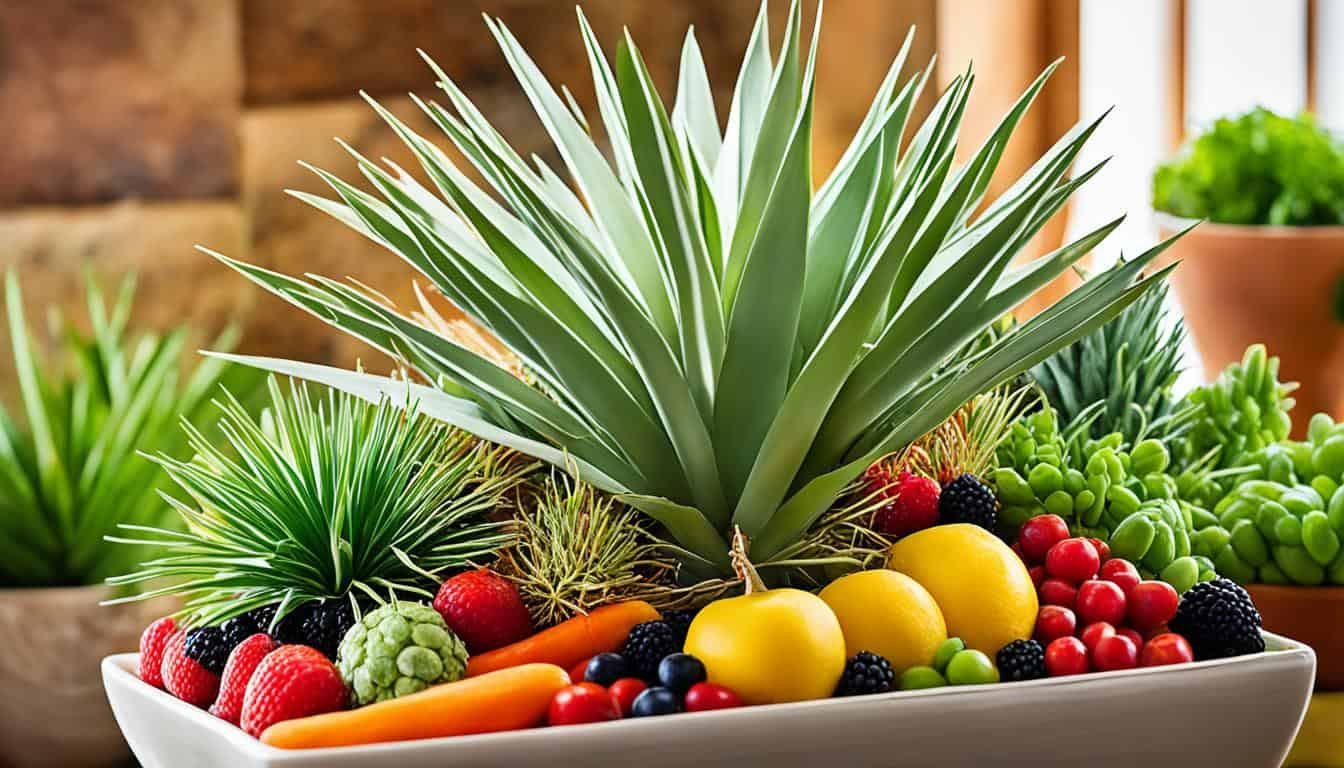
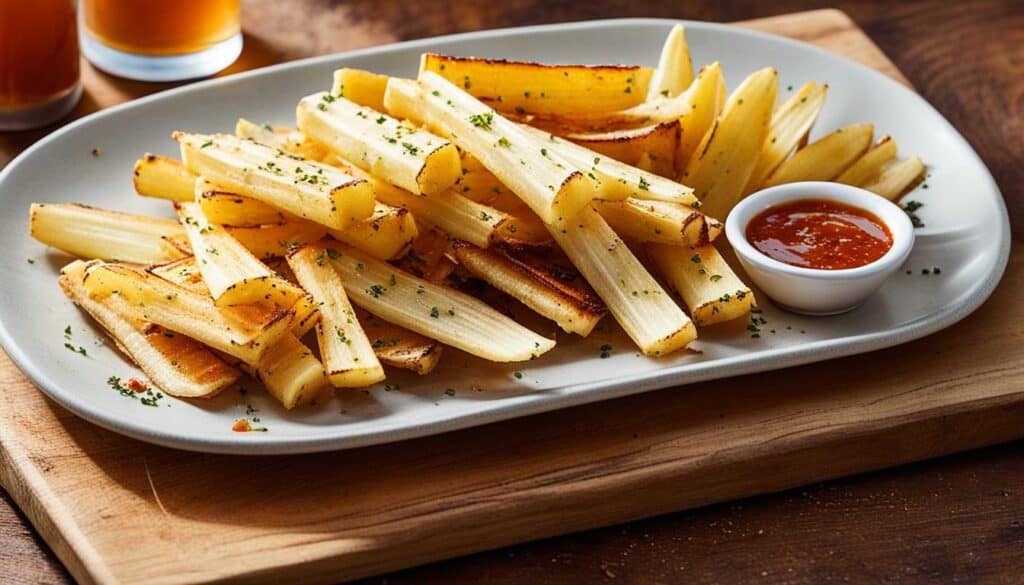
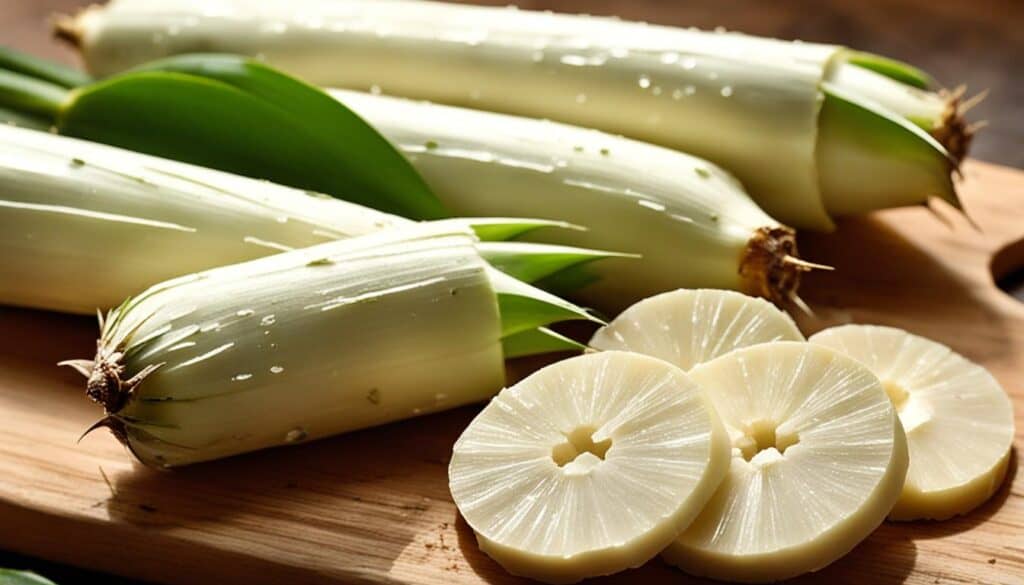

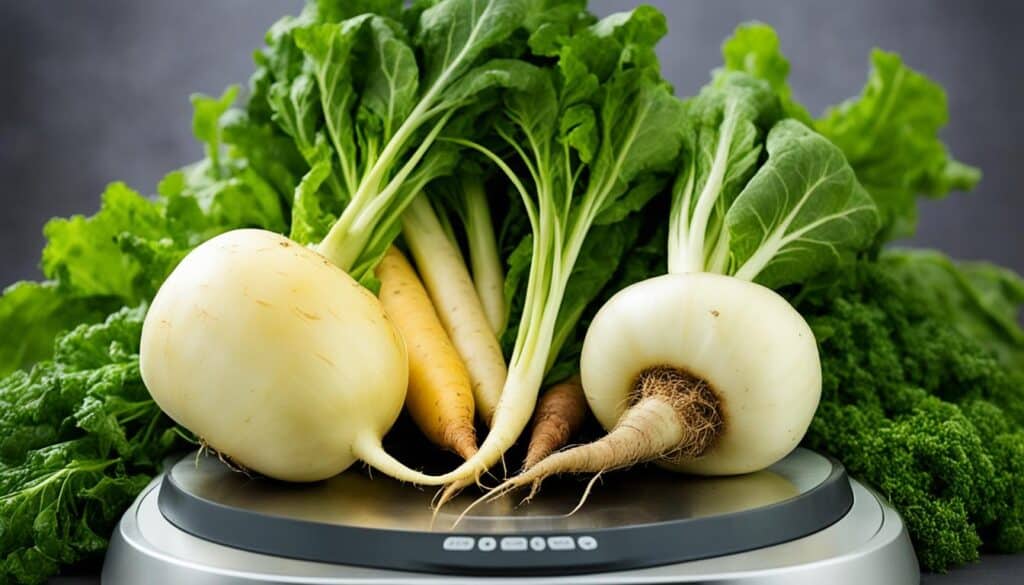
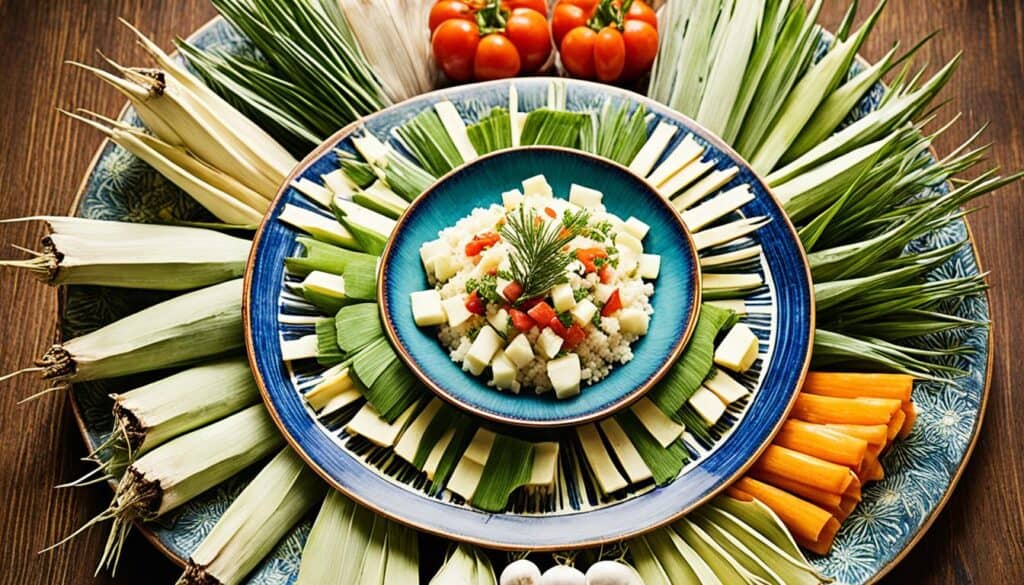

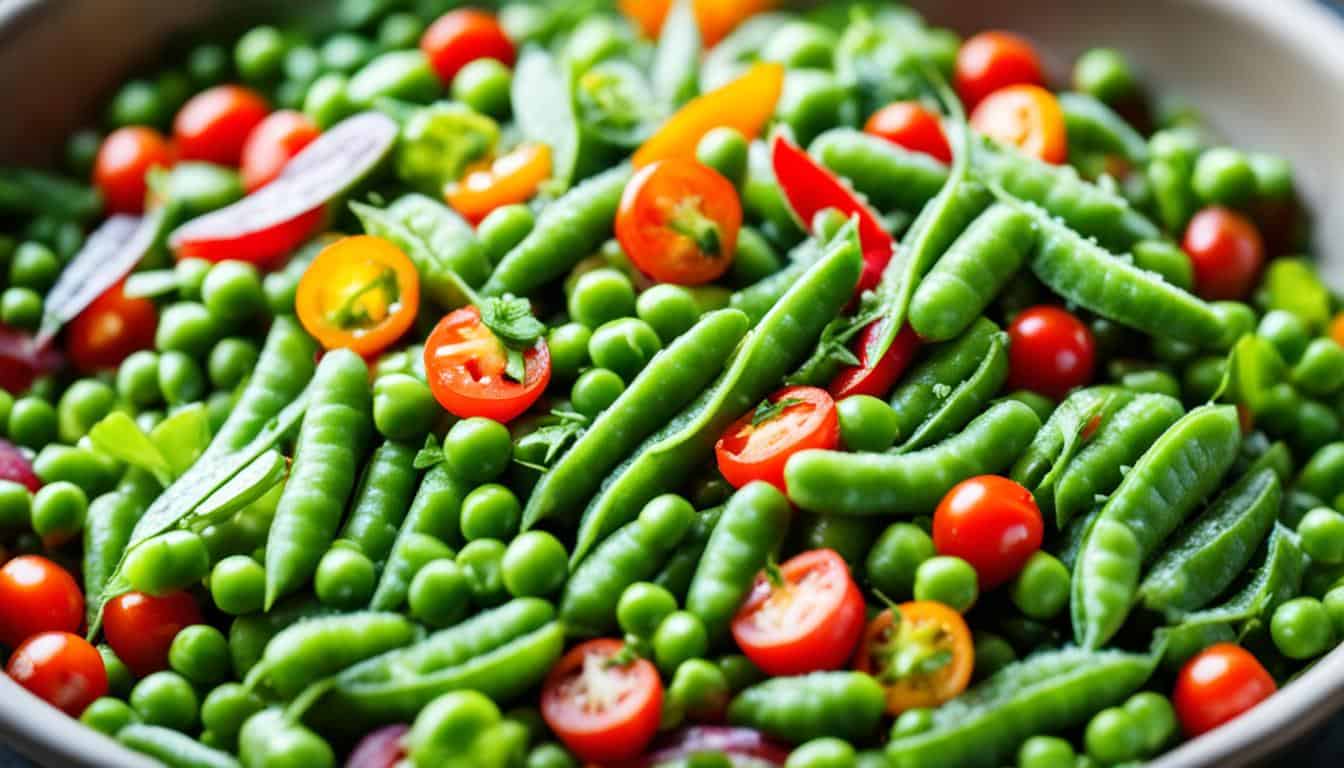
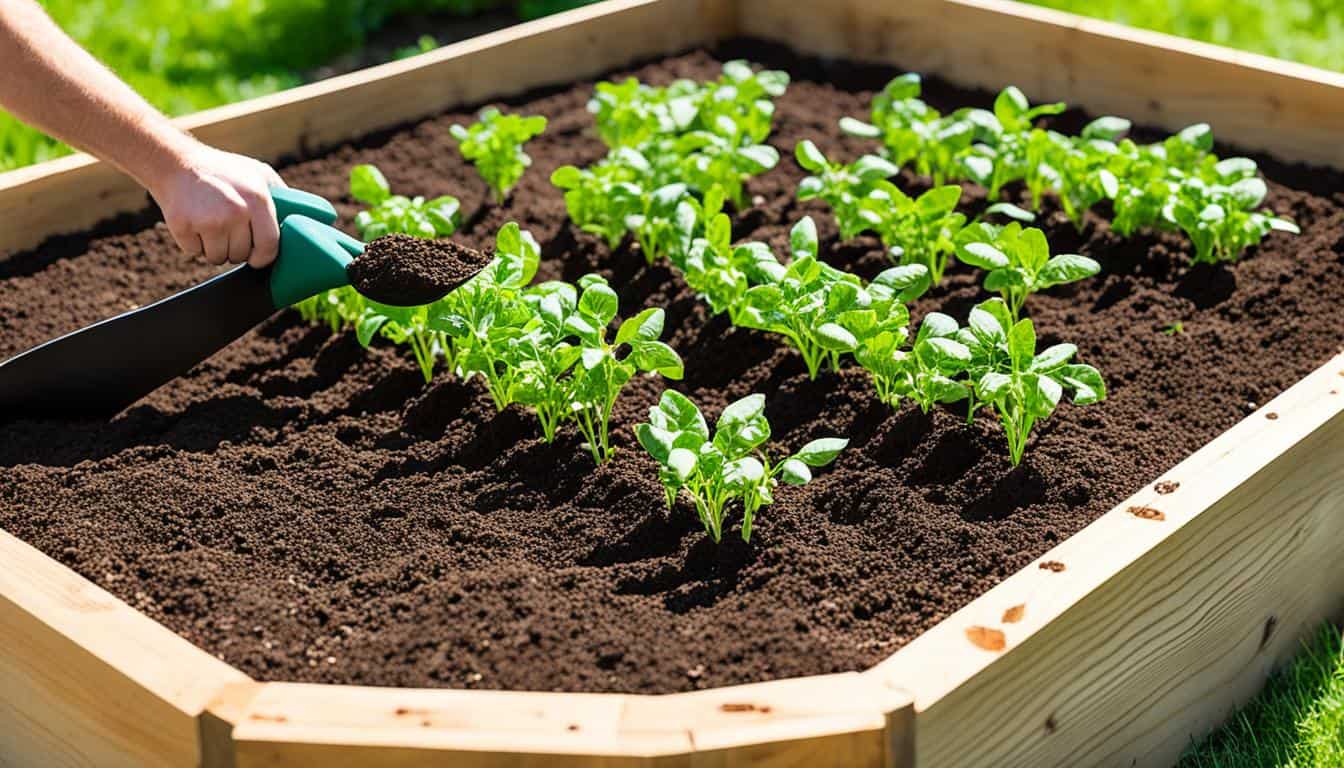
Leave a Reply